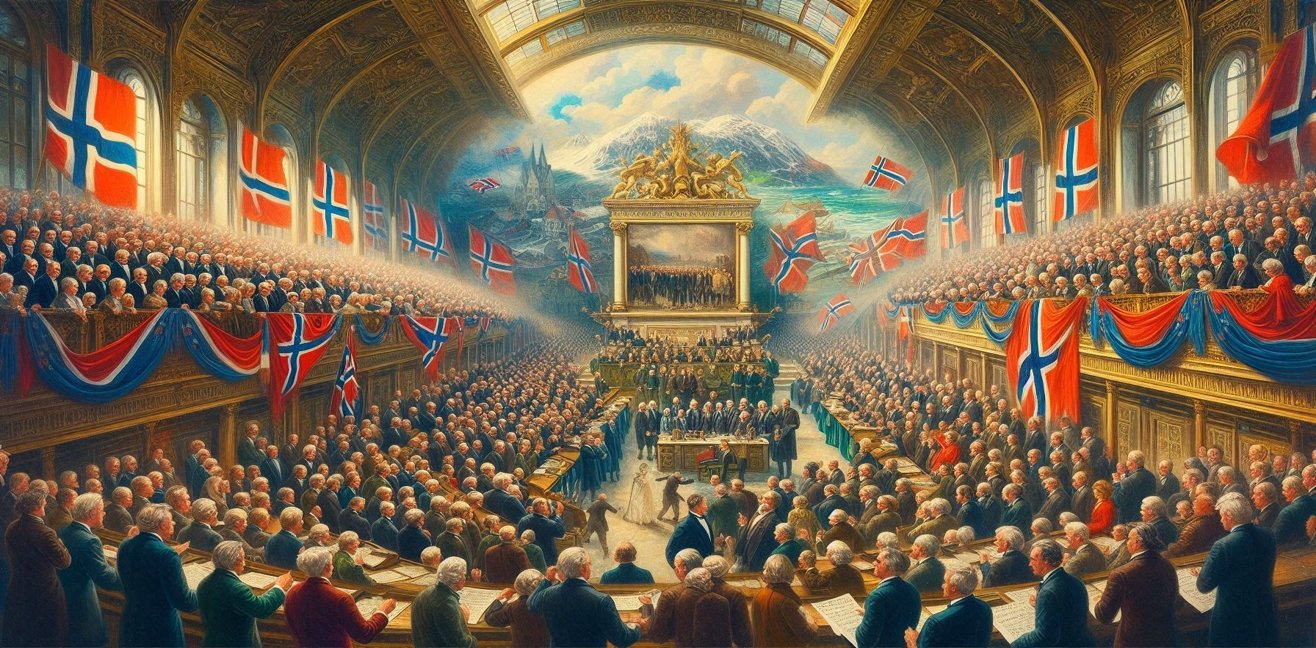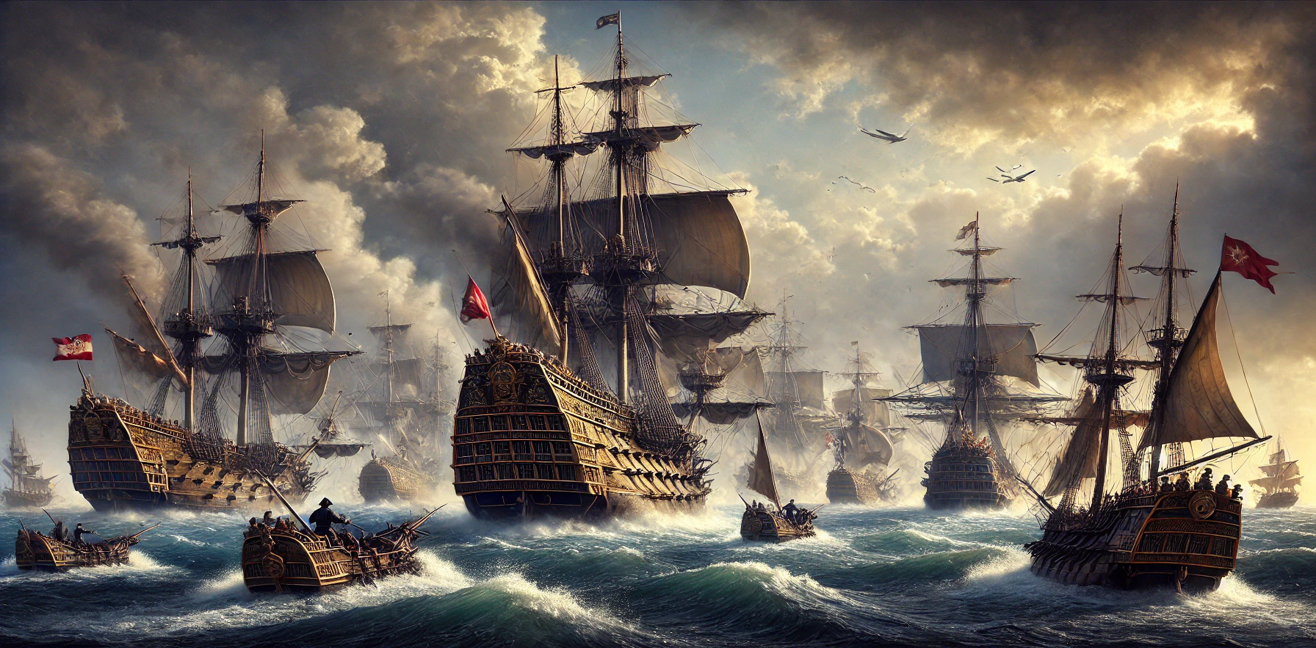Another source of pride for Norway is the famous anthropologist and explorer Thor Heyerdahl. Heyerdahl carried out numerous daring expeditions to prove ancient maritime methods and the ability of ancient civilizations to cross oceans. The most famous of these was his 1947 Kon-Tiki expedition to Polynesia. However, Heyerdahl’s adventures did not end there. The Ra II adventure, which began on May 7, 1970, is one of his most notable explorations.
The Background of the Ra II Adventure
Thor Heyerdahl initiated the Ra II project to demonstrate that ancient sailors had the capability to cross oceans. He believed that the ancient Egyptians, using papyrus boats, could cross the Atlantic Ocean and reach South America. To test this theory, he embarked on the Ra I expedition in 1969, but this attempt was unsuccessful. Undeterred, Heyerdahl decided to fix the technical problems and set out on a new adventure with Ra II.
The Construction and Preparation of Ra II
Ra II was a boat entirely made of papyrus reeds, constructed in accordance with ancient Egyptian boatbuilding techniques. Built in Morocco by artisans from Algeria and Bolivia, this boat revived the methods of ancient seafarers. Heyerdahl and his team made meticulous preparations before setting sail. The crew consisted of experts from various nations and disciplines, highlighting the international nature of the expedition.
May 7, 1970: The Launch of Ra II
On May 7, 1970, Heyerdahl and his team set off from the port of Safi in Morocco. Despite the harsh conditions of the Atlantic Ocean, Ra II successfully reached Barbados after a 57-day journey. This success proved that ancient sailors were indeed capable of crossing oceans, supporting Heyerdahl’s theories.
Challenges and Achievements of the Journey
During the Ra II expedition, the crew faced various challenges. The enormous waves and strong winds of the ocean posed serious threats to the crew aboard the boat. However, they managed to overcome these challenges, similar to the ancient sailors, using modern techniques and their resilience. Throughout the journey, the team also conducted scientific research, studying marine life and collecting water samples.
The Significance and Legacy of Ra II
The success of Ra II demonstrated how effective ancient maritime methods could be. Heyerdahl’s bold initiative sparked significant debates in the fields of history and archaeology. The Ra II expedition also sent a powerful message about modern maritime exploration: When combined with today’s technology, the wisdom of the past can lead to remarkable achievements.
Thor Heyerdahl’s Legacy
Throughout his life, Thor Heyerdahl carried out numerous expeditions and proved the capabilities of ancient civilizations to the modern world. Projects such as Kon-Tiki, Ra I, and Ra II reflect his scientific curiosity and courage. Heyerdahl’s work has left a deep impact not only in history and archaeology but also in anthropology and maritime studies.
Conclusion
The Ra II adventure, which began on May 7, 1970, is a testament to Thor Heyerdahl and his team’s determination and belief. This journey showcased the ability of ancient sailors to cross oceans and supported Heyerdahl’s theories. The Ra II expedition stands as an inspiring story in history, encouraging a spirit of discovery and scientific curiosity.




